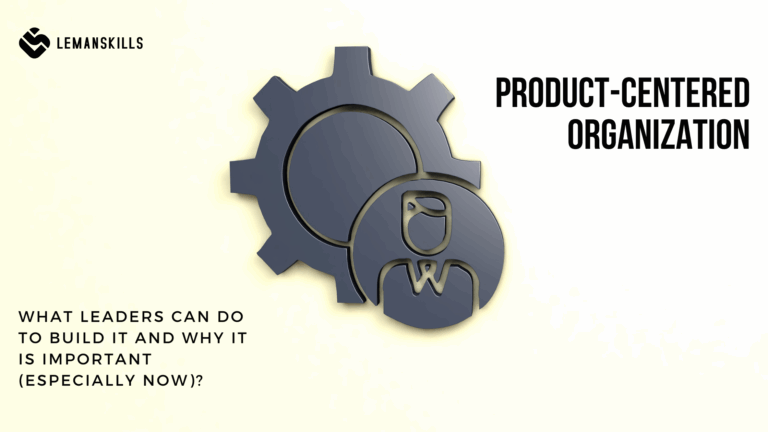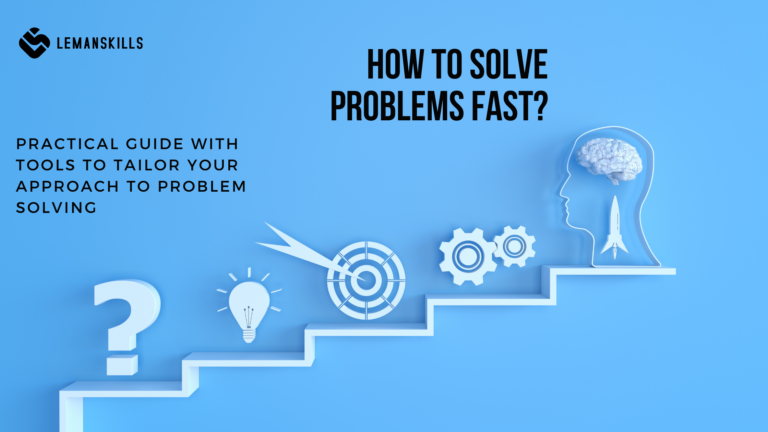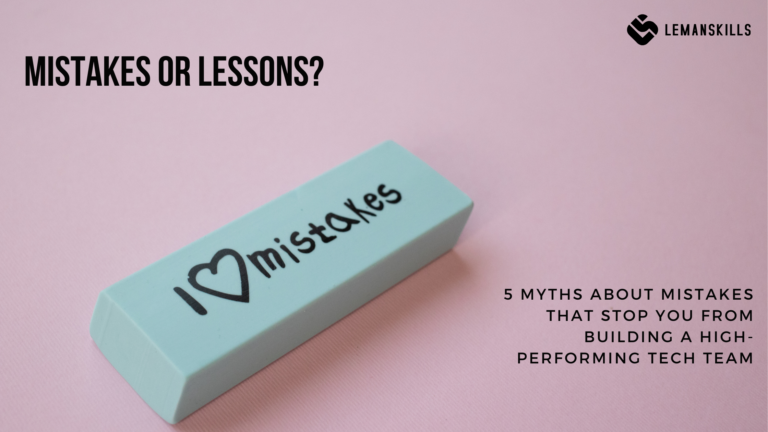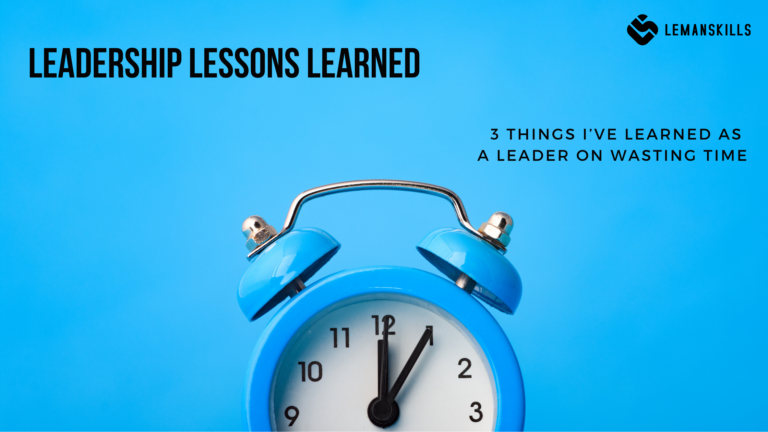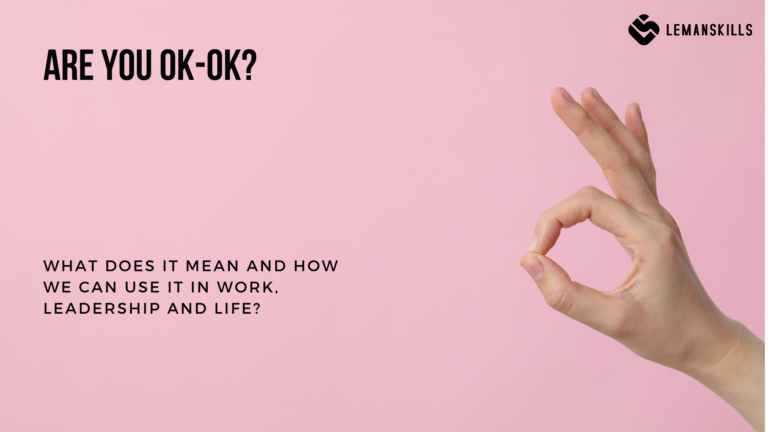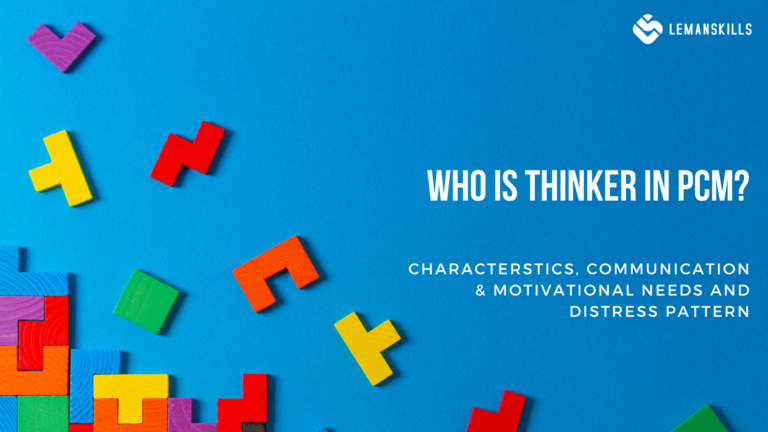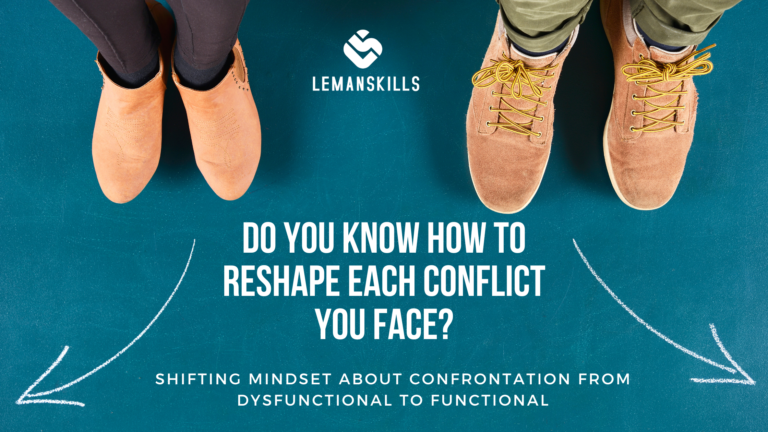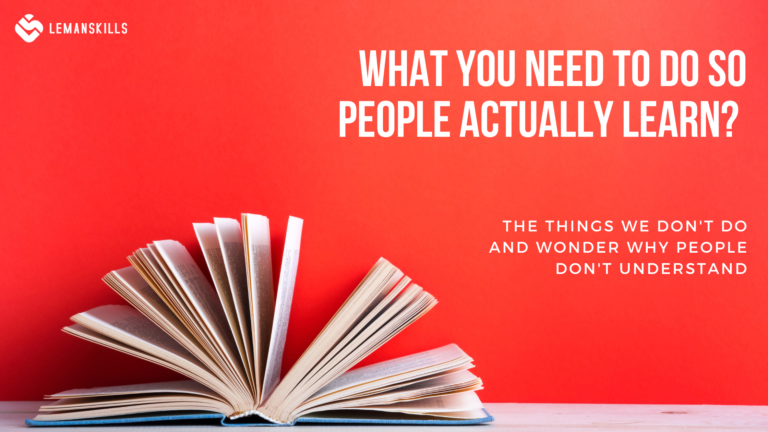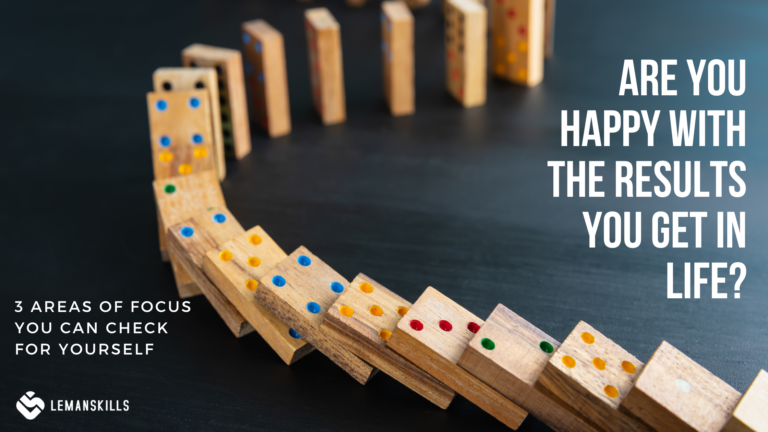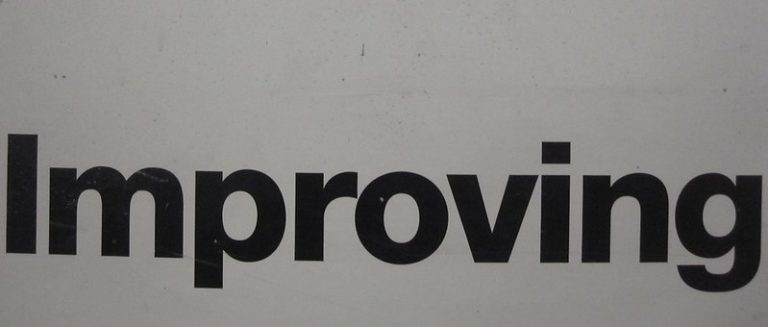
What Does a Communication Debt Really Cost Us?
We talk a lot about communication. In fact, I am the person who teach and preach the whole idea of Communication Intelligence. And yet, we don’t talk strategically enough about one thing that is a phenomenon in many organizations: Communication Debt. I see and hear during workshops and one-on-one mentoring leadership sessions that I run a lot of thoughts, problems connected with that, and I wonder why we talk about it so much, and not doing a lot? So, I’ve decided to spend time today and unpack a little bit this subject. Let’s see what the communication debt is, when it appears in organizations and what we can do to address it, before it’s too late. What is Communication Debt? When we’re thinking about debt in overall, the first thing that comes to our mind is money. Then a lot of organizations, especially tech-oriented, are talking about technology debt (we didn’t invest in the past in the infrastructure or software, integrations, architecture: So, we have a technology debt). And the same thing is with the communication debt for me. The root cause is a lack of investment in communication processes. Lack of investment and/or lack of priority on all the communication processes that are in the organization on individual, team and organizational level. The communication debt is a gap between the level of understanding, data and information and contracts people should have and we actually have in a certain moment of time in the organization. And it can appear in many different setups: Between employees, peer-to-peer; between employee and manager, a manager and their manager; between the executive team and board or board of directors outside of them; including investors, stakeholders, shareholders, you name it. Again: This is a gap that is between what we should have in the organization and what we actually have. And not many people have awareness that they have a communication debt because… there is a lot of assumptions around. And many companies that I work with right now, and I worked with in the past, have on board people who are assuming that others know what they need, what they should or what they want. So, if we base our communication strategy on assumptions… It is not a huge surprise that people are not happy, their engagement is dropping dramatically. Gallup Institute “State of the Global Workplace 2025” Report shows that employees’ and managers’ engagement level is lower and lower. And the interesting thing is that it is even lower in the management basket than the employee basket. Of course, the differences are not very big, but they’re visible. I’m not surprised when I see that kind of results: People are less and less engaged. They are less motivated intrinsically. They look for a new work more often than 10 years ago, or even 3 years ago. And yes, you can say that this is connected to the generational change. But what the important thing is that the younger the generation is, the better they are in setting boundaries and a need for information. Transparency is one of the biggest values Gen Z has. So, this is something that for me, personally and professionally, as a leader is important to understand. Because I’m asked to support organizations, teams, a specific leader when there’s already a fire, when there’s already a drop in engagement, in efficiency, that the team doesn’t deliver tasks on time or value or projects on time. When people are quitting the team, especially tech talents that are hard and expensive to replace. And most of the time it’s too late. When the Communication Debt Appears? From everything I’ve observed for the last 10 years, working in different organizations and different teams, especially IT and tech, I can tell that the communication debt appears when there is no prior or very little priority on communication in overall. We’re not learning how to tailor our communication, we’re not investing in communication intelligence (CQ), because there is a lot of different items (more important in our brain) on the list to cover on a daily basis. And this is totally okay that tech teams need to focus on tech, because this is your genius; as well as HR people should focus on HR, and finance people should focus on finance. Every single person has a genius zone. But there is also a thing named “transferable skills”. And transferable skills relate to every single position, every single job that you are going to have in your future because you can copy and paste them and basically start using them right away. When you join a new team, organization or a new setup, business-wise and private-wise. And another thing is those skills are the umbrella (The Umbrella Skills, I call them that way). You can have your specific Subject Matter Expert skills and competencies, pieces of knowledge, but you also have the umbrella skills that like a real umbrella, are on the top of everything that you do, regardless of the situation, or the context. And this is something that I treat like the ultimate set of skills, like the power skills. Because if you don’t have them, you can have the most beautiful tech skills in the planet, but they will be useless. And now it’s hurtful. You need to have strong algorithmical communication skills, because it is a part of your intelligence. Communication intelligence is a real thing. And I can’t emphasize that enough. So, when there’s a very low or no priority on communication, when we assume that people know more than we ask, or we provide information, even if they appear for us as boring, repetitive, you name it. When you don’t invest your time and effort and energy and money in learning how to communicate better, there will always be a debt, no doubt about it. The culture of the organization determines what kind of communication, what channels of communication, what frequency of communication people


